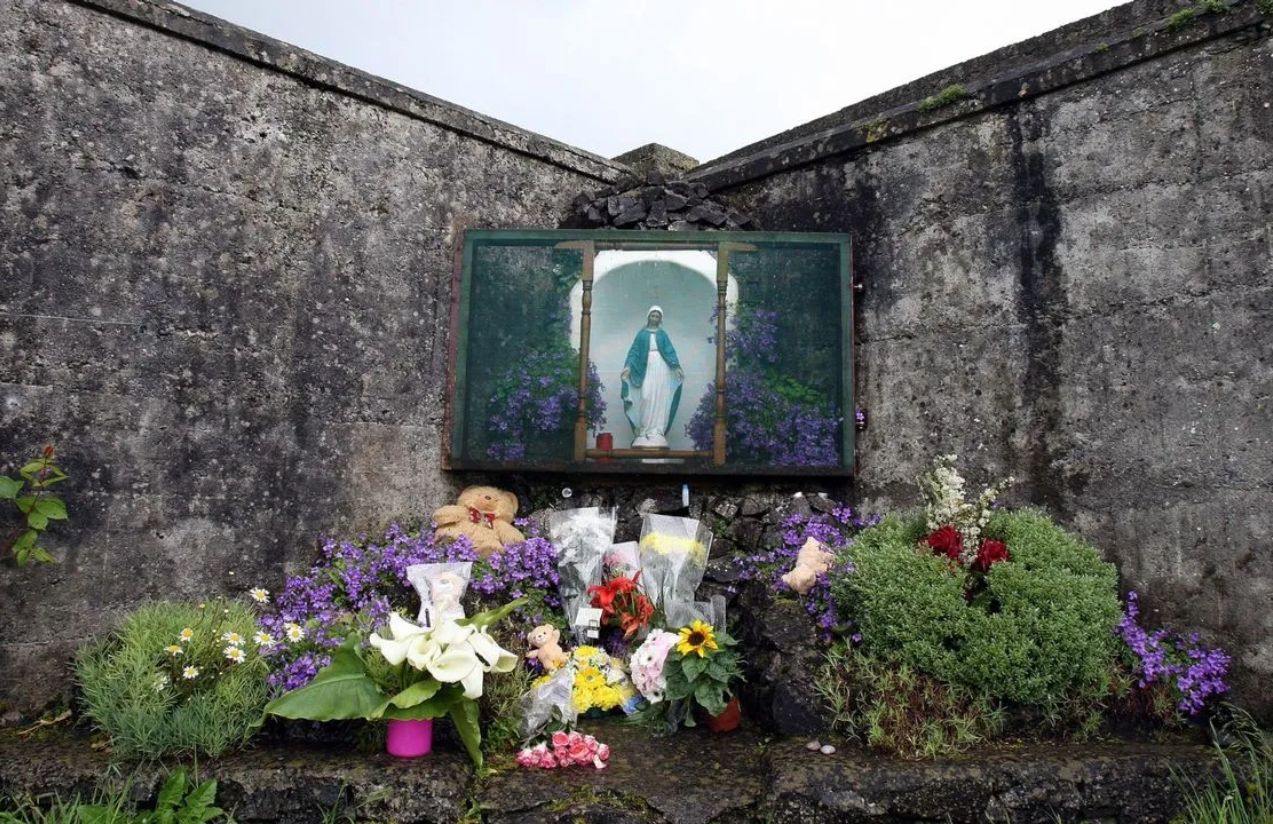Ireland has officially begun excavation work in Tuam, County Galway, Ireland, with the goal of recovering the remains of 796 babies and young children believed to have been buried in a mass grave on the grounds of a former Mother and Baby Home operated by the Bon Secours congregation between 1925 and 1961.
The initiative, led by Daniel MacSweeney and an international team of archaeologists, forensic anthropologists, and crime scene specialists, is expected to last around two years. At present, metal perimeter fences have been installed around the site, now part of a residential neighborhood, and preliminary work has begun ahead of full-scale excavation.
This effort is a long-overdue response to the work of local historian Catherine Corless, who in 2014 uncovered death records for 796 children from the home, while only two official burials were documented. Her findings led to a state investigation in 2015, a final report in 2020, and an official government apology in 2021, along with demands for justice for the victims.
The mass grave was first identified in 2017 during initial excavations, which confirmed that the remains had been buried inside a former septic tank converted into makeshift burial chambers. The bones belong to fetuses around 35 weeks gestation and children up to three years old, many of whom suffered from diseases such as tuberculosis, gastroenteritis, and malnutrition.
What is the goal of this exhumation?
The primary aim is to genetically identify the remains, where possible, restoring dignity to the affected families and providing the children with a proper burial. Those who can be identified will have their remains returned to relatives, while the others will be buried with respect in a dedicated memorial.
This effort marks a significant step in officially acknowledging the systemic abuse that occurred in Ireland’s religious institutions, which housed thousands of unwed mothers and children for decades. It is estimated that over 9,000 children died in similar institutions across the country.
The exhumation is not only a response to a historic demand for justice, but also opens a chapter of symbolic and legal reparation, giving voice to those who lived and died in silence, in conditions of invisibility and stigma.

